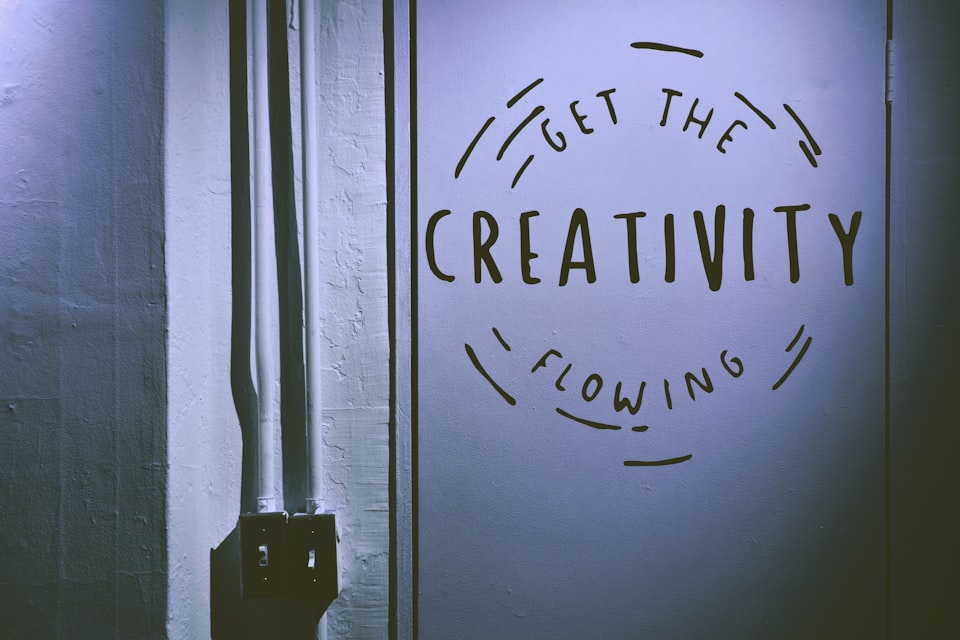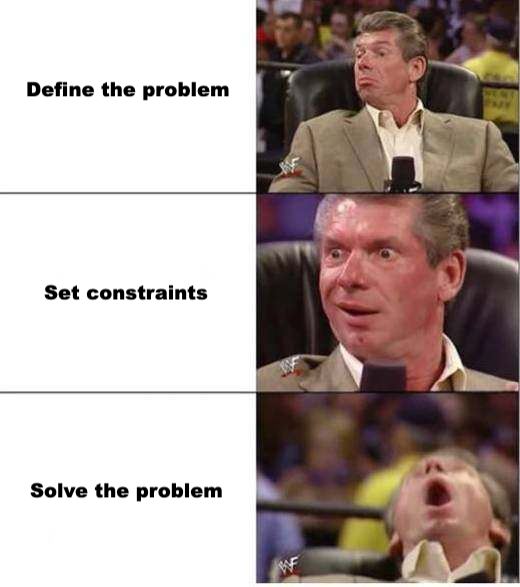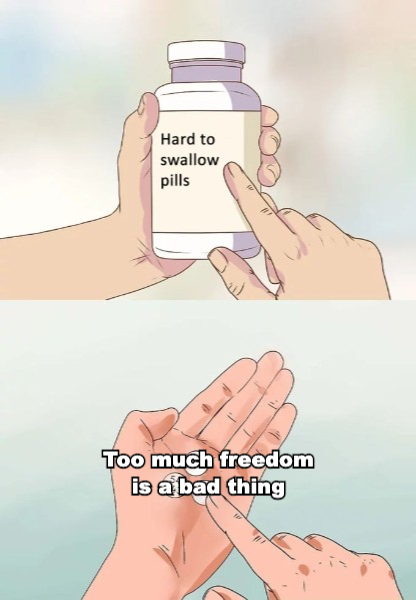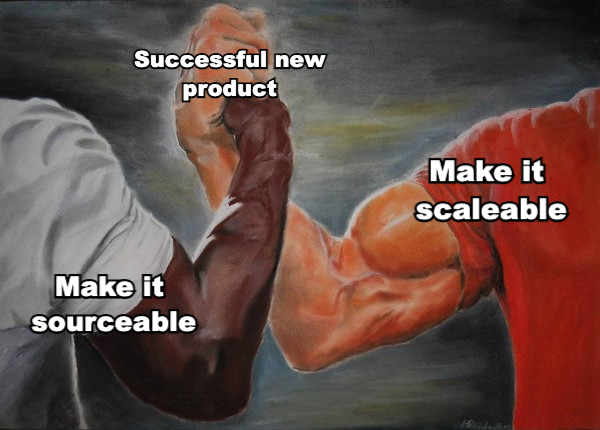
Everyone thinks you’re either born creative or you’re not.
Bullshit.
Creativity is a learned skill. In fact, it’s more a science than an art.
I grew Best Self Co. to over $45 million in sales by constantly reinventing our products and introducing new lines.
But I’d never call myself creative. Because I boiled product and service design down to these 3 simple steps.
Here’s how I approach creating new products out of thin air (👈 by the way, this is a myth).

Step 1: Define the problem
Spoiler alert: You don’t have a business if you’re not solving a significant problem for people.
So let’s discover that problem.
Whether you have an existing business with paying customers or haven’t started a business and want to build one – Start by listening.
That’s right. All it takes is a conversation.
Sit down with one of your customers (or someone you want to help if you don’t have a business yet) and ask …
- What they daydream about
- What they’re struggling with
- What obstacles they’re facing
- What their next life milestone is
- What’s frustrating about their daily grind
You can do this in person, over the phone, or via email. The format doesn’t matter. What matters is the quality of the conversation.
Your goal? To uncover a significant, painful, repeatable problem that they and other customers like them face.
The next step is solving that problem.
Note: Of course, your current or future customers have to be willing to pay for a solution to their problem. Because without cash flow, you don’t have a business. So make sure this obstacle or challenge really bothers them.
Step 2: Set constraints
Problem-solving is really hard if all you have is a problem. That’s like hopping in a car and your copilot telling you to drive to the mall.
You’re left wondering “Well, which mall? Do you have Maps open? What’s the best way to get there?”
These questions need answers before you begin solving your customers’ problems.
A lot of entrepreneurs think they need complete creative freedom to produce their best work. That’s a myth. You don’t.
In reality, the more freedom you have, the harder it is to be creative. Because you have too many options. The world is your oyster. And in this case, that’s not a good thing.

You could design any product or service and hope it works. Or you could set creative boundaries like these:
- Money — Create a budget for your project and the end solution. Ask your customers how much they’d be willing to pay for a solution to their problem. If they’re only willing to pay 25 cents, you might not have the business you were hoping for.
- Time — Your project needs a deadline. Why? Because a deadline forces you to focus on only the most important features of your solution. Once you have a “finished” product, put it in the hands of your customers and ask what’s missing. You can always iterate later.
- Market — Does a solution for this problem already exist? If so, can you improve upon it? If there’s no available solution, why not? Are you sure people are willing to pay to solve it? All important questions to frame your product’s foundation (and your marketing strategy later).
Now, it’s time to get “creative.” 🤮
Step 3: Solve the problem
It’s not about coming up with brilliant new ideas. It’s about solving problems – and not necessarily in new ways.
Don’t feel like you have to reinvent the wheel. What have others done before you? What can you learn and take from other industries and apply to yours?
Come up with as many ideas as possible. Then, trim them. Based on the constraints you set in Step 2, what’s possible?
Make your solution …
- Sourceable — You need to be able to get the supplies you need to build your solution. For example, you can’t create a new type of airplane if you don’t have the technology or engineering skills. Duh. Be realistic.
- Scalable — Can you make your solution on a large scale? If not, you may be looking at a service business rather than a scalable, product-based one. BUT, don’t let this stop you. Service businesses are great at understanding what problems exist. Then build a product to automate your service.

How do I know my product is successful?
Here’s what you’ll notice with existing customers:
- Increase in recurring revenue — You likely solved an additional problem you weren’t solving before. You just secured more loyalty and reduced churn. Woohoo!
- Reduce customer acquisition cost — A benefit of keeping customers around for longer. Better solve customer needs and you’ll reduce your churn.
And if you started a new business, monitor your customers’ word-of-mouth and viral marketing. You don’t have much control over them but they can take your business to the stratosphere.
When people ask how I come up with all my product ideas, I tell them the truth. It’s not that complicated.
I find a problem. Set boundaries. Solve it.
This process led Best Self Co. to make more than $45 million in 7 years.
Creativity isn’t an artform. You’re not Picasso and good news – You don’t have to be to make millions as an entrepreneur.
Once you start seeing the world as a series of problems to be solved you will never run out of business ideas.
I firmly believe that.
Trust me – I’m not creative. I’m simply a problem solver and a systems lover.
Don’t let the creative process keep you from coming up with ideas and taking action on them. Follow this 3-step process to design awesome products, and you’ll be well on your way to entrepreneurial success.
Become a subscriber receive the latest updates in your inbox.





